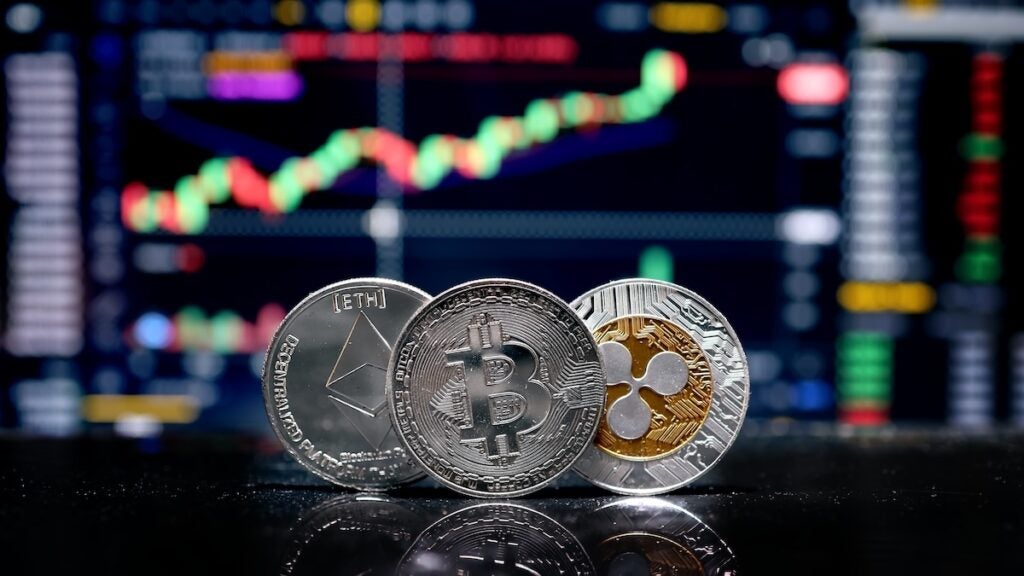
With Pi2Day just around the corner, anticipation is building across the Pi Network community—but instead of rallying, the Pi Coin price is stumbling, raising fresh doubts about whether bulls can regain control before the big day.
Despite rolling out a series of promising updates, the Pi Coin price has seen significant volatility, slipping over 16% in the past two days. The community remains divided—can bullish momentum return in time for the network’s annual milestone event?
The Pi Network Core Team has introduced three key upgrades in the run-up to the Pi2Day celebration on June 28. The first is the rebranding of Pi Node to Pi Desktop, now boasting version 0.5.2. This update includes long-awaited features such as full window resizing, improved Docker compatibility, and public key visibility in the troubleshooting panel.
Pi Network Coin was trading at around $0.55, down 10.83% in the last 24 hours at press time. Source: Brave New Coin
FireSide Pi, a community ambassador, described the enhancements as part of a broader vision. “In the future, blockchain can be shared to train AI and serve the developer community,” they stated on X, pointing to ambitions well beyond traditional crypto applications.
The upgrade appears to have been well received by developers and node operators, with over 2.6 million active desktop nodes and more than 400,000 currently running across Pi’s Testnet1, Testnet2, and mainnet Pi environments.
Alongside desktop improvements, the Pi Browser now allows full in-browser account management. Users can update account details, complete KYC verification, and access ecosystem dApps—all within a unified platform. According to Pi community member Mr. Spock, “This isn’t just an upgrade. This is Pi Network declaring its independence from centralized systems.”
A new feature has been added to the Pi Browser, improving user experience and access to key Pi Network services. Source: Jatin Gupta via X
This move eliminates the need for users to toggle between the Pi App and the Pi Browser, streamlining the Pi crypto experience and reinforcing the network’s Web3 ambitions. These integrations are expected to improve usability, especially for those preparing for eventual Pi Network trading and exchange listings.
Another highly anticipated feature is the KYC Sync update, which aims to resolve one of the Pi community’s most persistent issues: long-delayed identity verification. With millions of users stuck in limbo, the streamlined KYC process offers a path to Pi mainnet migration for many.
Despite these improvements, Pi cryptocurrency has been unable to shake off short-term market pressure. As of June 27, the Pi Coin value sits around $0.54, down from a recent high of $0.65. This drop came after profit-taking and broader crypto market shifts, including the Chainlink-Mastercard partnership, diverted investor attention.
Technically, the Pi Network Coin price had recently broken out from a falling wedge pattern, ending nearly two months of sideways consolidation. However, resistance at $0.65 triggered a sharp reversal, with current support seen at $0.52. A break below this level could signal deeper weakness, potentially delaying hopes of a full-scale rally.
Pi Network price must exceed the $0.57-$0.61 resistance zone to regain the bullish momentum. Source: CRYPTOMOJO_TA on TradingView
Daily trading volume has also plunged by nearly 50%, highlighting a cautious tone among investors ahead of the Pi2Day event. While bullish patterns remain intact on the broader Pi coin price chart, sentiment hinges on whether these support levels can hold amid current market turbulence.
The Pi Network’s steady rollout of real-world functionalities paints a picture of a maturing ecosystem. Between Pi mining infrastructure growth, browser-based decentralization, and renewed focus on identity verification, the Pi Core Team is clearly positioning the project for long-term utility.
With Pi2Day just a day away, excitement builds as KYC Sync rolls out, mainnet migration accelerates, and exchange speculation intensifies. Source: Tom Tucker via X
Whether this translates into a near-term rally for Pi Coin price prediction is uncertain. But with Pi2Day offering a focal point for announcements and renewed community engagement, market watchers believe a sharp shift in sentiment remains possible—if bulls can defend critical price levels.
As the countdown to June 28 continues, both the Pi currency value and broader Pi crypto market are holding their breath. The next few days may determine whether Pi cryptocurrency value enters a new growth phase or returns to extended consolidation.
23 Sep 2025
23 Sep 2025
23 Sep 2025
Sven Luiv|23 Sep 2025|News|
Sven Luiv|23 Sep 2025|News|
Usman Ali|23 Sep 2025|News|
Naveed Iqbal|23 Sep 2025|News|
Usman Ali|23 Sep 2025|News|
Auckland / Melbourne / London / New York / Tokyo
A Techemy company
PO Box 90497, Victoria St West, Auckland Central, 1010, New Zealand.
© 2025 Brave New Coin. All Rights Reserved.
Sponsored









